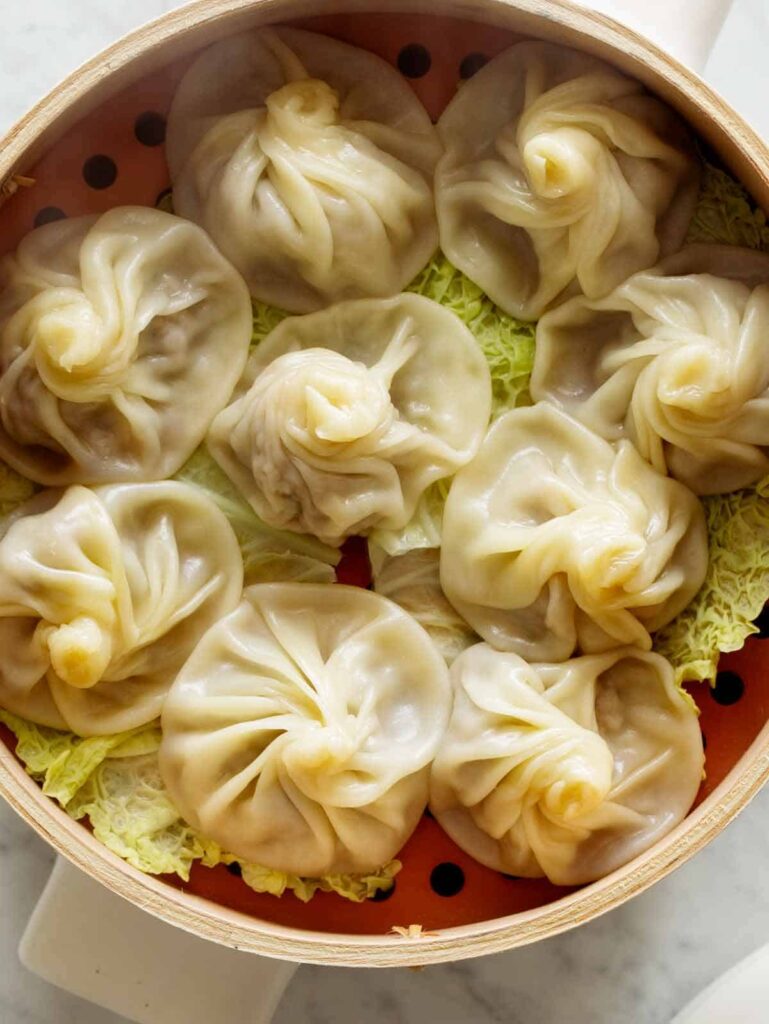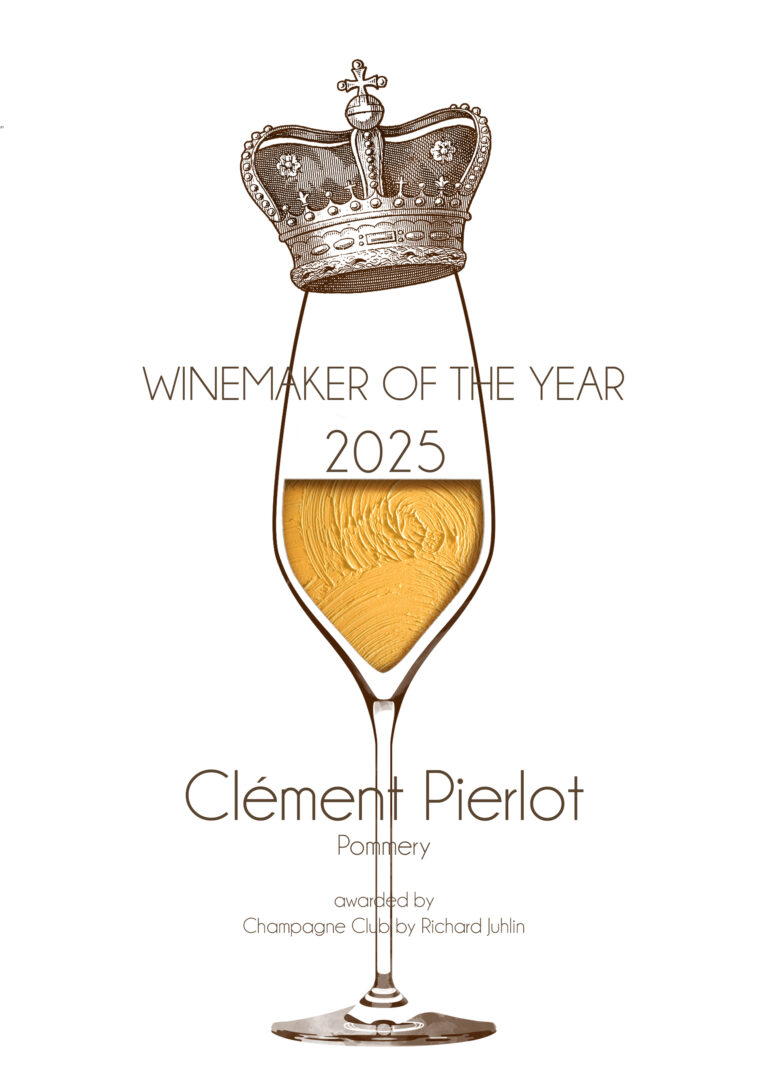Here’s a structured article on dumplings and Champagne, blending history, cultural depth, and pairing expertise. [ read the full champagne story ]
Estimated reading time: 5 minutes

Dumplings are one of the world’s oldest and most beloved culinary creations — small parcels of dough, often with a savory or sweet filling, steamed, boiled, or fried to perfection. Found in almost every culture, from the Chinese jiaozi to Italian ravioli and Polish pierogi, dumplings are a testament to the human love of comfort food in compact, versatile form. When paired with Champagne, they transform from a street-food staple or rustic home dish into an elegant, globally inspired gourmet experience.
This is the story of dumplings, their diverse heritage, and how the world’s most prestigious sparkling wine can elevate them.
A Brief History of Dumplings
The Earliest Records
The concept of a dumpling is ancient — archaeologists have found evidence of dough-wrapped foods dating back thousands of years in Asia and the Middle East. The Chinese scholar Zhang Zhongjing (150–219 AD) is often credited with popularizing jiaozi, which were originally prepared as a warming, medicinal food during harsh winters.
At its core, the dumpling was a practical invention: wrapping bits of meat or vegetables in dough stretched scarce resources and made meals more filling. They could be boiled for a warming soup, steamed for softness, or pan-fried for a crisp bite.
Dumplings Around the World
The migration of dumplings through trade and travel is a fascinating culinary journey:
- China & East Asia: Jiaozi, shumai, xiaolongbao, mandu, gyoza.
- Central Asia & the Middle East: Manti, khinkali, samsa.
- Europe: Pierogi (Poland), pelmeni (Russia), gnocchi (Italy), maultaschen (Germany).
- The Americas: Empanadas (Spain/Latin America), chicken and dumplings (Southern USA).
Each culture adapted the dumpling to local ingredients, climate, and taste — and each version offers a unique pairing opportunity with Champagne.
The Champagne Connection
Why Champagne Works So Well with Dumplings
Pairing Champagne with dumplings may seem unconventional, but it’s a match made in heaven:
- Fat & Acid Balance – Champagne’s bright acidity cuts through the richness of fatty pork fillings, buttery dough, or soy-based sauces.
- Texture Contrast – The bubbles lift and refresh the palate after each bite, whether the dumpling is silky-soft or crisp and pan-fried.
- Umami Harmony – Many dumplings are umami-rich (soy, mushrooms, seafood), and Champagne’s yeasty complexity from long lees aging complements those savory depths.
Choosing the Right Champagne Style
- Blanc de Blancs (100% Chardonnay): Crisp, mineral-driven — perfect for delicate seafood dumplings, scallop shumai, or prawn har gow.
- Blanc de Noirs (Pinot Noir/Meunier): Fuller, fruitier — ideal for pork, duck, or mushroom dumplings.
- Rosé Champagne: Slightly more structure and berry notes — divine with spicy Szechuan wontons or Korean kimchi mandu.
- Vintage Champagne: Complex, nutty, and rich — pairs beautifully with truffle-infused or foie gras dumplings.
Global Dumpling & Champagne Pairings
1. Chinese Xiaolongbao & Blanc de Blancs
Soup-filled dumplings are delicate yet deeply savory. A precise, mineral Champagne like Salon Blanc de Blancs or Pierre Peters Les Chétillons complements the dumpling’s finesse while cleansing the palate of rich broth.
2. Japanese Gyoza & Non-Vintage Brut
Pan-fried pork and cabbage gyoza with soy-vinegar dipping sauce marry beautifully with a classic NV Brut like Bollinger Special Cuvée — the bubbles cut through the crisp, caramelized base while matching the savory tang.
3. Korean Kimchi Mandu & Rosé Champagne
Kimchi brings spice and tang that call for a Champagne with fruit-forward charm. Louis Roederer Rosé or Billecart-Salmon Brut Rosé handle the heat while embracing the fermented complexity.
4. Russian Pelmeni & Vintage Brut
Small, meat-filled dumplings served with sour cream are decadent with an aged vintage Champagne like Pol Roger Sir Winston Churchill. The wine’s creamy texture echoes the sour cream while the acidity slices through the richness.
5. Italian Ravioli & Blanc de Noirs
Duck or mushroom-filled ravioli with brown butter and sage find a luxurious partner in a fuller-bodied Blanc de Noirs, such as Egly-Ouriet or Bollinger PN series.
6. Tibetan Momo & Extra Brut
Often served with spicy tomato chutney, momos benefit from the sharp freshness of an Extra Brut Champagne, like Jacques Selosse Initial or Agrapart Terroirs.
Dumplings & Champagne – A Global Love Story on the PlateServing & Pairing Tips
- Temperature Matters – Serve Champagne between 8–10°C to maintain freshness without muting aromatics.
- Sauce Sensitivity – Soy-based dips work well, but overly sweet or chili-heavy sauces may overpower more delicate Champagnes.
- Presentation – Small bamboo steamers and Champagne flutes side-by-side create a visually stunning East-meets-West experience.
- Portion Strategy – Offer multiple small dumpling types to showcase how different Champagnes can transform each bite.
The Future of Dumplings & Champagne
In the past decade, fine dining chefs have embraced dumplings as a canvas for innovation — think lobster har gow with Champagne beurre blanc, or wagyu gyoza with truffle foam. The versatility of dumplings means they can be endlessly reinvented, and Champagne, with its spectrum from bracingly fresh to luxuriously mature, is the ideal partner for this creativity.
In the end, dumplings and Champagne are a celebration of contrasts — humble yet refined, comforting yet elegant, traditional yet endlessly adaptable. When East meets West in your glass and on your plate, the result is pure culinary magic.
Here’s a visual-friendly dumpling & Champagne pairing chart you can drop straight into an article or use as a social media asset.
Dumpling & Champagne Pairing Chart
| Dumpling Type | Origin | Typical Filling | Recommended Champagne Style | Why It Works | Example Bottles |
|---|---|---|---|---|---|
| Xiaolongbao | China | Pork + soup broth | Blanc de Blancs | Cuts through broth’s richness, enhances delicacy | Salon Blanc de Blancs, Pierre Peters Les Chétillons |
| Har Gow | China | Shrimp | Extra Brut Blanc de Blancs | Bright acidity complements sweet seafood | Ruinart Blanc de Blancs, Agrapart Terroirs |
| Gyoza | Japan | Pork + cabbage | Non-Vintage Brut | Crisp bubbles match fried edges & savory filling | Bollinger Special Cuvée, Charles Heidsieck Brut Réserve |
| Kimchi Mandu | Korea | Kimchi + pork | Rosé Champagne | Fruit balances spice, acidity lifts fermented flavors | Louis Roederer Rosé, Billecart-Salmon Brut Rosé |
| Momo | Tibet/Nepal | Spiced meat | Extra Brut | Zesty freshness counters chili chutney | Jacques Selosse Initial, Laherte Frères Ultradition |
| Pelmeni | Russia | Beef/pork | Vintage Brut | Nutty complexity matches hearty, creamy accompaniments | Pol Roger Sir Winston Churchill, Taittinger Comtes de Champagne |
| Ravioli (Duck/Mushroom) | Italy | Game or fungi | Blanc de Noirs | Fuller body matches earthy, savory depth | Egly-Ouriet Blanc de Noirs, Bollinger PN Series |
| Pierogi | Poland | Potato + cheese | Vintage Rosé | Creamy filling pairs with berry notes & acidity | Laurent-Perrier Cuvée Rosé, Gosset Grand Rosé |





